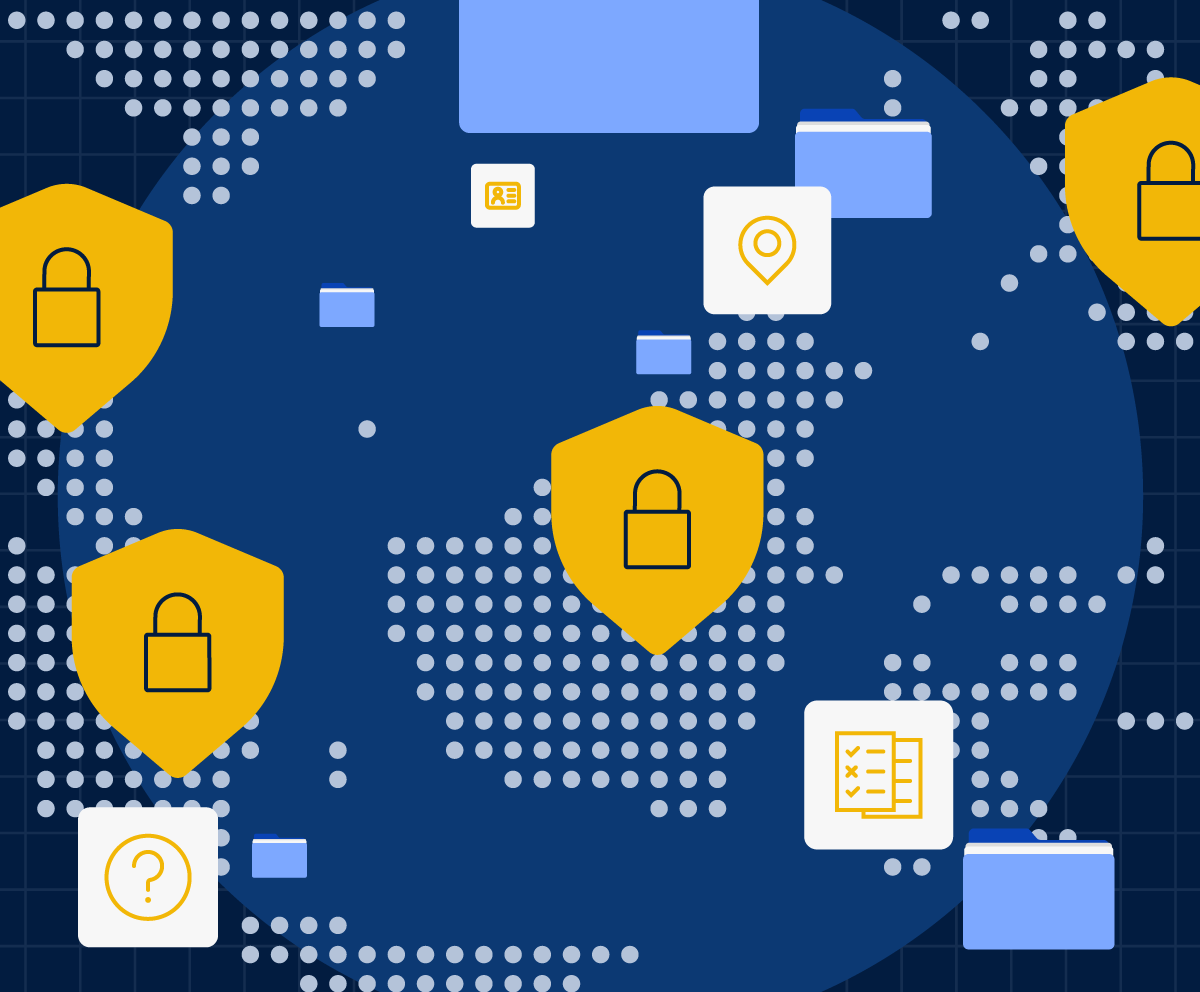The advertising landscape is undergoing a drastic shift. Once-dominant targeting methods like cookies and device IDs are nearing extinction. Fueled by privacy concerns and regulations like GDPR and CCPA, browsers like Safari (already at 35% market share, with Chrome holding the remaining 65%) have phased out third-party cookies. The mobile landscape isn't far behind – iOS has restricted device IDs, and Android is likely to follow suit. This shift presents a crucial challenge: how will advertisers continue to reach their target audiences in a privacy-conscious world?
But here's the good news: the end of cookies and device IDs doesn't spell doom for advertising. Instead, it's an opportunity to evolve. By embracing substitute solutions now, marketers can build a future-proof strategy that thrives in a cookieless environment.
The Demise of Cookies and Device IDs:
For years, online advertising thrived on the ability to track users across the web. Cookies, those small data packets stored on your device, became the workhorses of the industry. By remembering your browsing history, they allowed advertisers to understand your interests and push you to targeted ads. Similarly, device IDs, unique identifiers assigned to your phone or computer, served the same purpose. However, this era of in-depth tracking is coming to an end.
Across Asia, user privacy concerns are rapidly reshaping the digital landscape. Consumers are growing wary of online surveillance, feeling like their activities are tracked and monetized without their knowledge. This echoes a global trend but with some regional nuances. While regulations like GDPR and CCPA dominate the conversation in the West, Asian countries are developing their frameworks. Singapore's Personal Data Protection Act (PDPA) and India's draft Personal Data Protection Bill are examples of this growing focus on data privacy.
Further mirroring global trends, major browsers like Chrome and Safari are phasing out third-party cookies, significantly hindering the ability to track users across the web for hyper-targeted advertising. The message is clear: the era of intrusive tracking in Asia is fading. The advertising industry must adapt to navigate this evolving landscape with a focus on transparency, user control, and privacy-centric solutions.
Challenges for Advertisers:
The loss of cookies and device IDs throws a wrench into the well-oiled machine of targeted advertising. Without the ability to track users across the web, crafting personalized ad experiences becomes a guessing game. Imagine trying to tailor a message to a specific customer profile when you have no idea what websites they visit or what content they engage with. This lack of individual-level data makes it difficult to ensure ads reach the intended audience. It's like throwing spaghetti at a wall – some strands might stick, but consistency and accuracy are out the window. Furthermore, campaign measurement and attribution, once reliant on precise user tracking data, become shrouded in uncertainty. It's like trying to decipher a blurry photograph – attributing conversions and understanding campaign performance becomes a challenging puzzle. Adding insult to injury, the growing popularity of ad blockers further restricts targeting options. Imagine trying to reach your target audience through online channels, only to discover they've erected digital shields that block your ads from ever being seen. This combination of challenges creates a complex and uncertain environment for advertisers, demanding a shift in strategy and a willingness to embrace new approaches.
Alternative Solutions: The Future of Ad Targeting
The good news is that innovative solutions are emerging to address these challenges. Here are some key strategies to consider:
- Contextual Targeting: This approach focuses on the content users are consuming instead of their individual browsing history. By analyzing the context of a web page or app, advertisers can deliver ads relevant to the surrounding content. Imagine a user reading a sports article – contextual targeting would show them ads for sports equipment or apparel. Contextual targeting platforms and data providers can help identify relevant placements for your ads.
- First-Party Data: Data collected directly from consenting users on your website or app is a powerful asset. This can include demographics, interests, and purchase history. By using this data, you can craft highly targeted ad campaigns that resonate with your audience.
- Privacy-Preserving Identity Solutions: While individual tracking is going away, group-level targeting is still possible. Solutions like privacy-preserving groups allow advertisers to target groups of users with similar characteristics without compromising individual privacy. These groups are created based on anonymized data, ensuring user privacy remains protected.
- Cookieless Measurement: It's still possible to measure campaign performance without cookies. Cookieless measurement solutions rely on contextual signals and aggregated data to provide insights into campaign reach, engagement, and conversions.
Benefits of Embracing the Change:
Moving away from cookies and device IDs isn't just about compliance – it's an opportunity. Privacy-focused advertising fosters a better user experience. Imagine ads relevant to what you're reading, not your week-old searches. This builds trust and brand loyalty.
Furthermore, less dependence on tracking allows for a shift towards creative ad formats. Interactive elements, captivating visuals, and compelling stories can capture user attention more meaningfully. Imagine a video ad that tells a captivating story or an interactive format that lets users participate in a brand experience. These approaches leave a lasting impression and drive results.
Finally, embracing change is future-proofing. By adopting alternative solutions now, you stay adaptable and competitive. This proactive approach positions you for long-term success in the cookieless future. The shift requires industry-wide collaboration. Data providers, publishers, and platforms all have a role to play. Working together, we can create a sustainable and privacy-focused advertising ecosystem that benefits everyone.
Conclusion:
The fading dominance of cookies and device IDs isn't a death sentence for advertising, but rather a catalyst for a new age. It's an opportunity to move beyond intrusive tracking methods and forge a new path built on respect for user privacy. This shift opens doors to a future where advertising is not just effective, but also more relevant and engaging for audiences.
By embracing alternative solutions like contextual targeting, first-party data, and privacy-preserving identity solutions, you're building trust and fostering a positive brand perception. This shift in advertising philosophy paves the way for a future where both users and brands benefit. Don't wait for the inevitable – start exploring these innovative solutions today and become a forerunner in the exciting new landscape of cookieless advertising.
Our latest news and blog articles
Lorem ipsum dolor sit amet, consectetur adipiscing elit. Sed do eiusmod tempor incididunt ut
State of PDPAs in SEA and Impact on Data Collection
The digital age has helped transform Southeast Asia (SEA) into a vibrant economic hub. This growth is driven by a growing internet user base and a ...
Trust and Transparency: How It Can Boost Your Success
Imagine scrolling through a social media feed and being bombarded with targeted ads. They boast supreme features and benefits, but the source feels ...
Data Silos: The Hidden Barriers to a Seamless Digital Experience
Have you ever filled out the same information on multiple websites in a row? It's a frustrating experience, but it's just one example of how data ...




